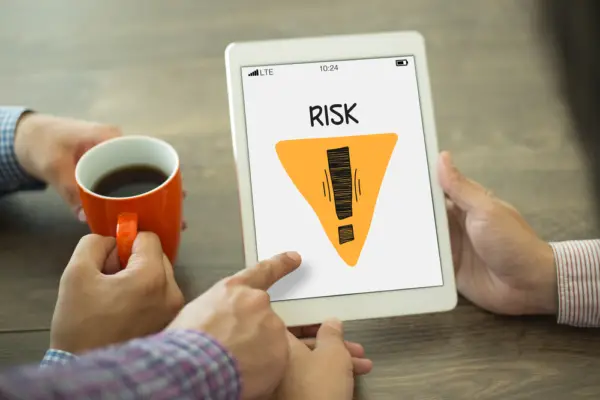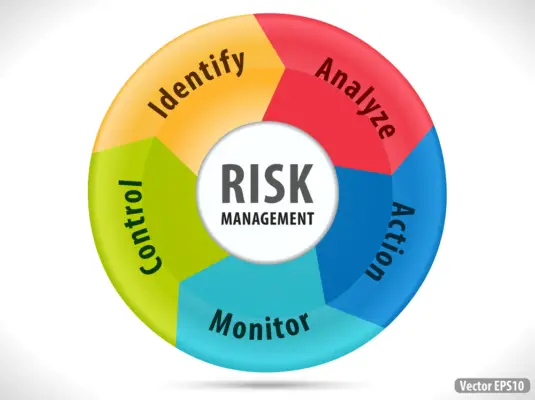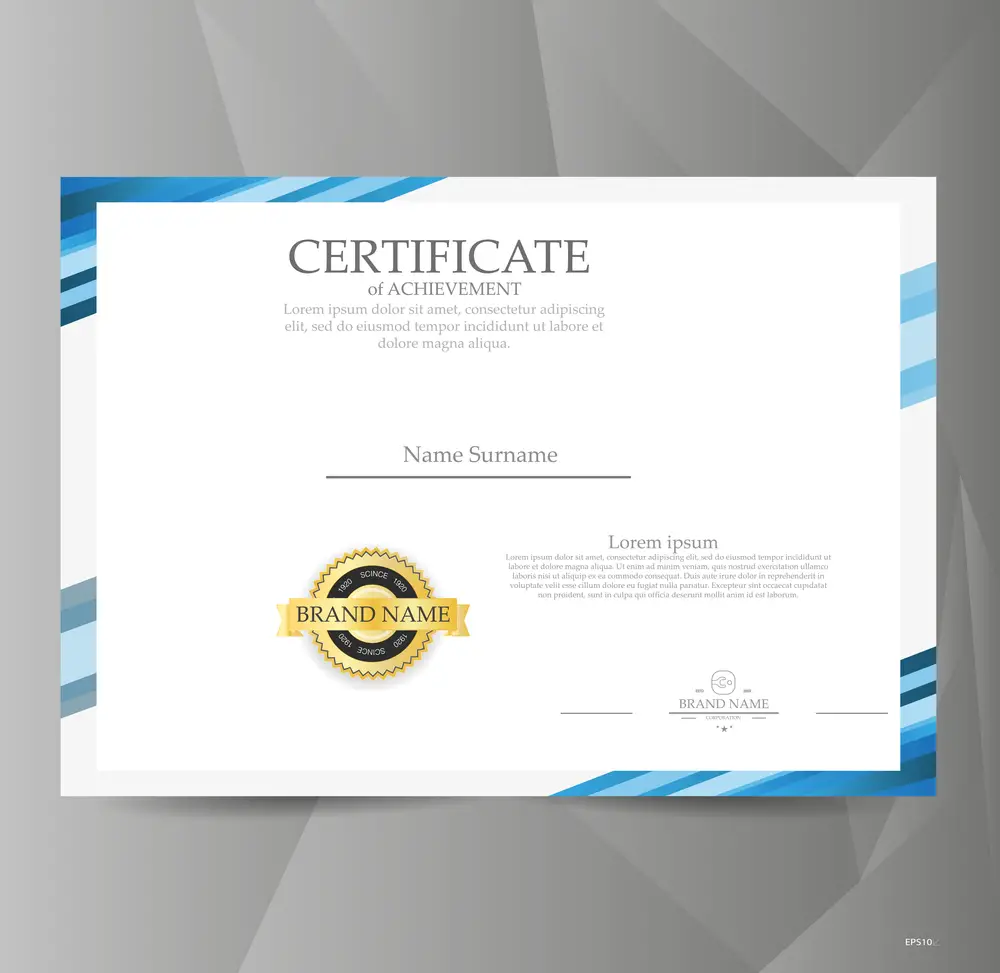Risk Control Self-Assessment (RCSA) certification is an indispensable credential for risk management professionals. Acquiring this certification signifies a high level of proficiency and understanding of key risk management concepts, methodologies, key risk indicators and governance best practices.
Particularly for professionals in the financial, business, or risk analysis and management sectors, the RCSA certification is a valuable asset that can significantly enhance their career progression.
The importance of the RCSA certification extends beyond personal career growth. In the current regulatory landscape where organizations must demonstrate compliance with a wide array of risk management standards, having RCSA-certified professionals in the workforce is an added advantage.
They bring essential expertise and knowledge to effectively manage and mitigate risks, ensuring organizational resilience, value, and sustainability. American Bankers Association has an RCSA certification course valued at $275 for members and 375 for non-members.

The Basics of RCSA
Risk Control Self-Assessment (RCSA) is a proactive risk management tool used by organizations to identify, evaluate, and control risks across all levels of operation. Its core purpose is to provide a structured approach for Identify Risks” href=”https://riskpublishing.com/how-to-identify-risks/” rel=”noopener”>identifying potential risks, assessing their impact, and emerging risks and establishing controls to prevent or mitigate the potential effects of those risks.
The RCSA process typically involves the following steps: risk identification, risk assessment scenario analysis, control evaluation, control implementation, and continuous monitoring.
This systematic approach facilitates an organization’s ability to anticipate potential threats and respond proactively, thereby enhancing its overall risk management effectiveness.
- Document Control Environment: The first step in the RCSA process involves documenting the organization’s control environment. This includes any policies, procedures, or regulations related to security, compliance, or risk management.
A clear understanding of the control environment is crucial for identifying potential risks and implementing appropriate controls. - Identify Risks: Once the control environment has been documented, the next step is to identify potential risks associated with those controls. The resultant residual risk for business processes need to be addressed.
This involves examining various aspects of an organization’s operations, such as technology, human resources, or financial processes, to uncover potential threats, vulnerabilities, or areas of non-compliance. - Evaluate Risks: After identifying potential risks, they must be evaluated based on factors such as their likelihood of occurrence and the potential impact on the organization if they materialize.
This step helps prioritize risks, allowing organizations to focus on addressing the most significant threats first. - Identify Controls: With the prioritized risks in hand, organizations need to identify existing controls designed to mitigate these risks or develop new ones if necessary.
Controls can include policies, procedures, training programs, or technological solutions aimed at reducing risk exposure. - Analyze Effectiveness: Once controls have been implemented, it’s essential to analyze their effectiveness over time. This involves monitoring the performance of controls, identifying areas for improvement, and making necessary adjustments to ensure they remain effective at mitigating risk exposure over time.
- Evaluate Overall Risk Profile: Finally, organizations must periodically evaluate their overall risk profile to ensure that all areas are adequately covered and that any new threats are identified quickly so they can be addressed promptly.
This step involves analyzing the effectiveness of the entire RCSA process and making any necessary changes to ensure that the organization remains protected.
Benefits of RCSA Certification
Obtaining an RCSA certification provides several significant benefits. Firstly, it equips professionals with enhanced risk management skills, enabling them to identify, assess, and control risks effectively. These skills are invaluable in today’s dynamic and often unpredictable business environment.
RCSA certification also improves career prospects. Certified professionals are highly sought-after in the job market, given their demonstrated proficiency in risk management. They are often considered for senior-level positions and roles that require a deep understanding of risk control processes and strategies.
The certification also increases credibility within the industry. RCSA-certified professionals are recognized as experts in their field, which can open up opportunities for networking, collaboration, and thought leadership.
Lastly, having an RCSA certification demonstrates Compliance with industry standards and regulations. This compliance is essential for organizations to maintain their license to operate, avoid regulatory penalties and operational risk, and build trust with stakeholders.

Preparing for the Certification Exam
Preparation for the RCSA certification exam requires dedicated study and practice. Numerous resources are available to help candidates prepare, including textbooks, online courses, assessments, and practice exams.
The exam typically covers various aspects of risk control self-assessment, including risk identification, risk assessment, risk control self assessments, evaluation and implementation, and continuous improvement and monitoring. It’s important to familiarize oneself with the exam structure and format, which typically includes multiple-choice questions, case studies, and scenario-based questions.
To succeed, candidates should develop a systematic study plan, focus on understanding critical concepts rather than rote memorization, and regularly take practice exams to gauge their preparation level and identify areas for improvement.
Cost of Certification
The cost of obtaining an RCSA certification includes examination fees and expenses related to training and preparation. While these costs can be
Benefits of RCSA Certification
Obtaining RCSA certification provides numerous advantages for professionals.
Enhanced risk management skills: RCSA certification equips you as operational risk managers with the knowledge and skills to identify, assess, and manage risks effectively.
Improved career prospects: Certified professionals often enjoy better job opportunities and increased chances of promotion.
Increased credibility within the industry: Certification showcases your commitment to maintaining high industry standards and staying up-to-date with best practices.
Compliance with industry standards and regulations: Certification helps ensure that your organization adheres to relevant regulations and maintains a strong risk management culture.
Preparing for the Certification Exam
To succeed in the RCSA certification exam, consider the following tips:
- Review study materials and resources, such as books, articles, and online courses.
- Familiarize yourself with the exam format and structure.
- Develop a study plan and practice test-taking strategies.
Key Skills and Competencies for RCSA Certified Professionals
RCSA-certified professionals possess several essential skills and competencies:
- Risk identification and assessment: Ability to recognize potential risks and evaluate their impact on the organization.
- Control evaluation and implementation: Expertise in designing and implementing effective controls to mitigate identified risks.
- Effective communication and collaboration: Ability to work with colleagues across the organization to develop and maintain a robust risk management culture.
- Continuous improvement and monitoring: Commitment to monitoring and improving risk management practices over time.
Impact on Career Trajectory
RCSA certification can significantly influence your career trajectory by:
- Increasing job opportunities within your industry or profession.
- Boosting your salary potential as a certified professional.
- Expanding your professional network, leading to new connections and opportunities.
- Offering opportunities for growth and advancement within your industry or profession.
How to assess the need for RCSA processes
Document Control Environment
A first stage of an RCSA project is documenting risks and controls for risk mitigation. Banks generally use manual approaches to organize this type of information. for example, Risk managers prepare an Excel or Word version of the regulations required by the regulatory authority.
It combines regulatory risk control controls with risk ratings. Risk management translates several variations of risk framework from this spreadsheet or documents into a business management toolbox.
Identification of risks
Once process documentation has been completed, the next phase is to identify the risks that are related to the functions, processes or deliverables and objectives of the department. This operational threat is generally detected by department managers and staff.
The researchers examined audited data from previous experience and external evaluations to understand the negative effects of each course of action.

RCSA monitoring
It is essential that RCSA monitors the results that have emerged across organisations. The business often monitors the performance. The Risk Department manages all of these reporting procedures.
Conclusion
In summary, RCSA certification presents numerous benefits for professionals looking to advance their careers in the risk management profession. To obtain this certification, you demonstrate your expertise in risk management, commitment to maintaining high industry standards inherent risk take, and willingness to invest in your professional development.

Chris Ekai is a Risk Management expert with over 10 years of experience in the field. He has a Master’s(MSc) degree in Risk Management from University of Portsmouth and is a CPA and Finance professional. He currently works as a Content Manager at Risk Publishing, writing about Enterprise Risk Management, Business Continuity Management and Project Management.


